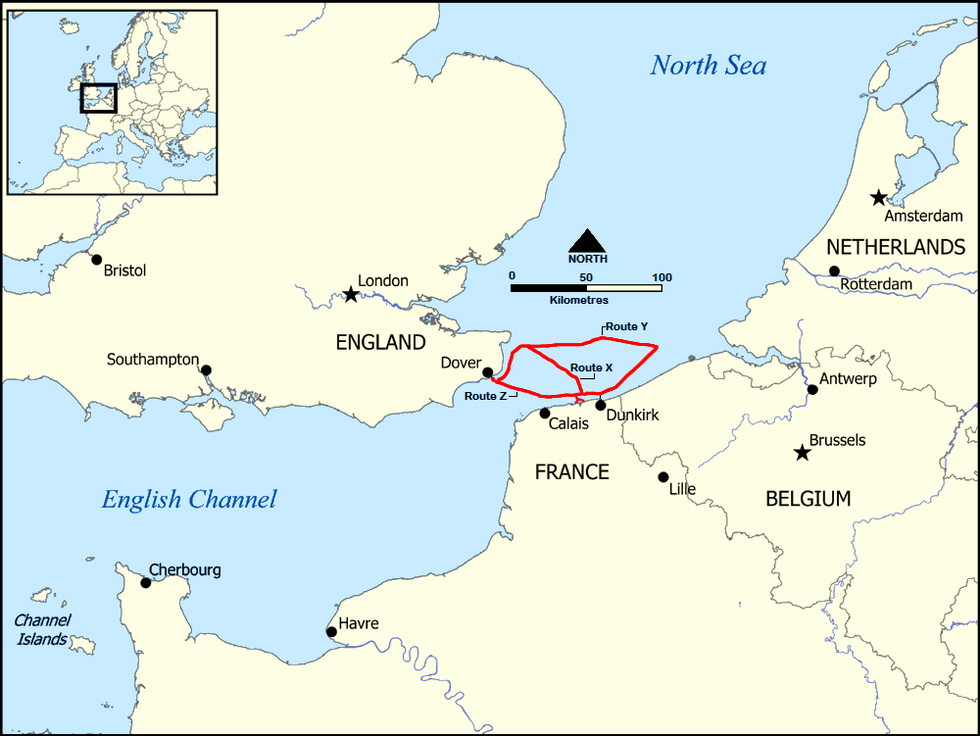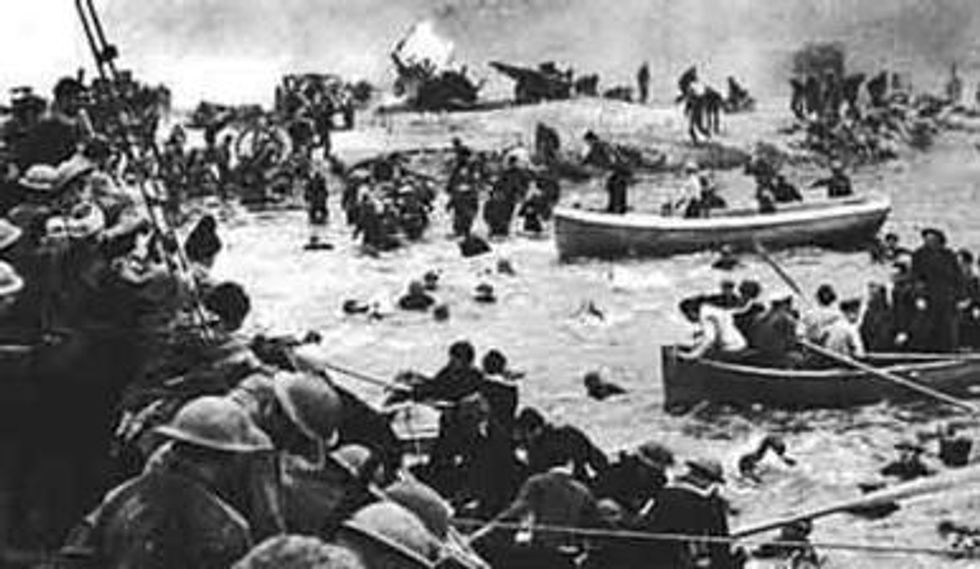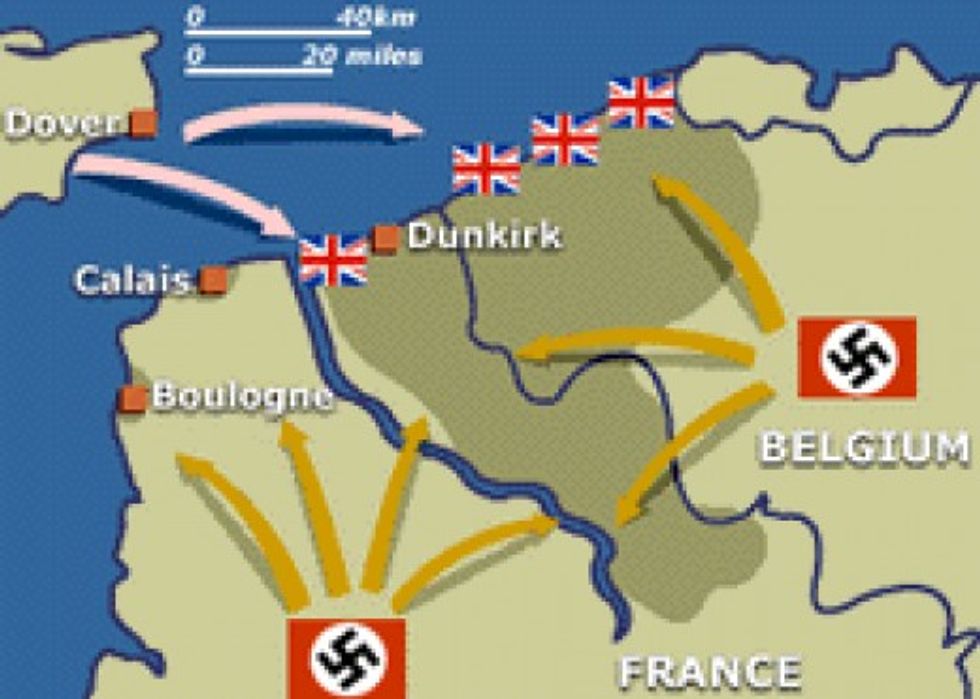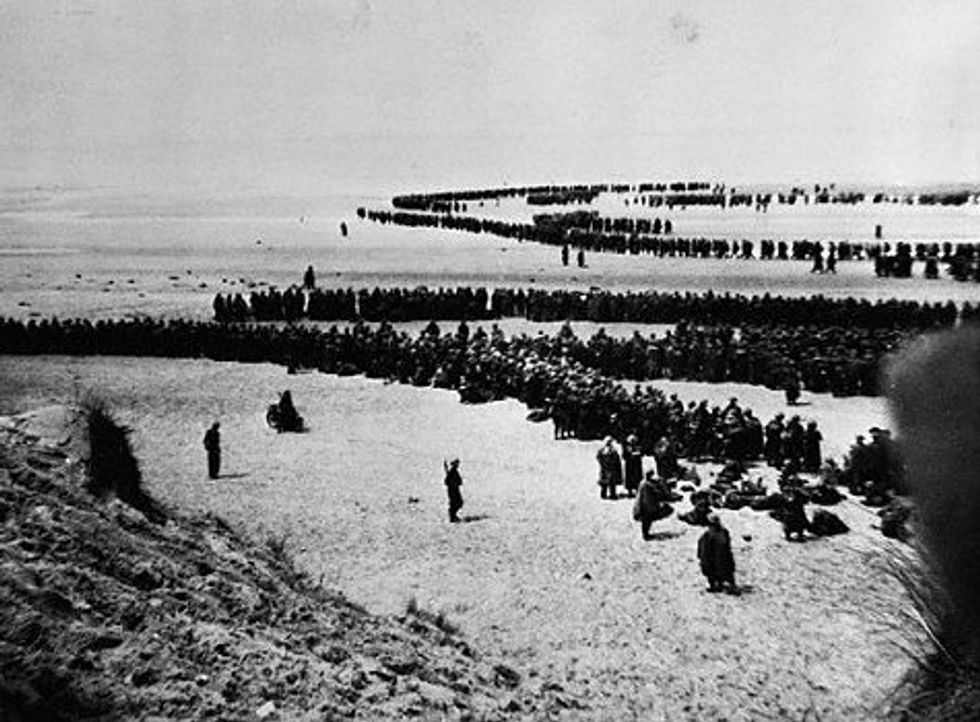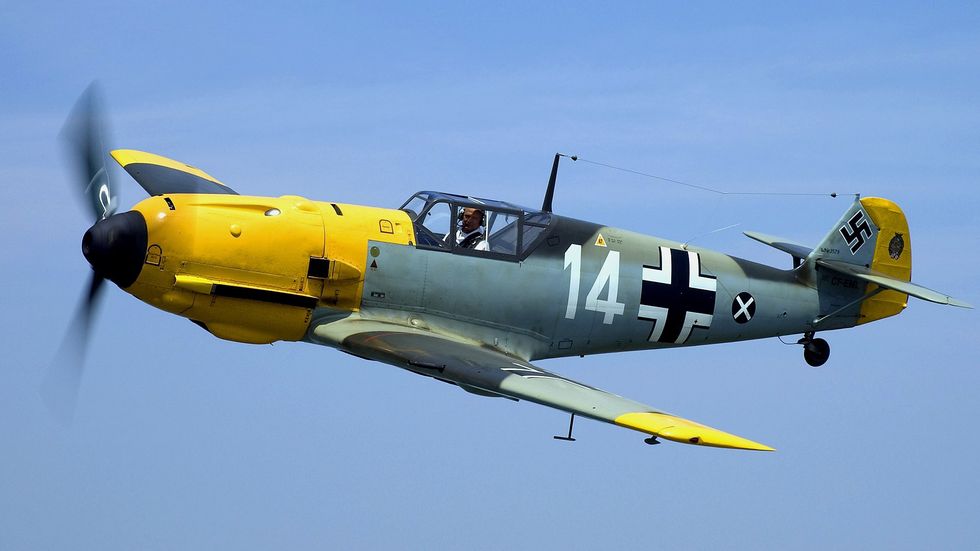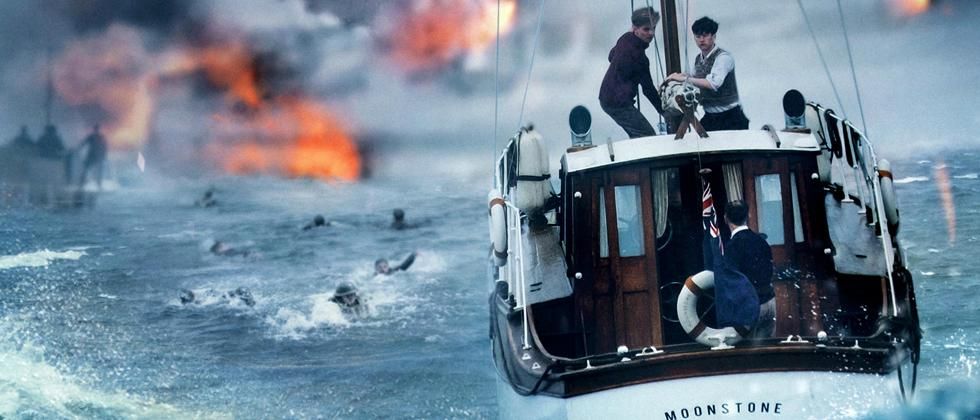Dunkirk.
I’ve always been a sucker for war movies, and seeing that this particular movie was also going to be directed by Christopher Nolan made me even more excited to see it. Recently, I was able to go to the theaters to watch this movie with a friend of mine, and after seeing it, I was left with one main feeling: confusion.
The dialogue was difficult to make out for the majority of the film, with most of the lines being drowned out by gunfire, airplane motors or general ambient noise. It also certainly didn’t help that I knew nothing about the Battle of Dunkirk and that the movie didn’t provide much background. So, here’s a list of seven things it's helpful to know before watching Dunkirk which, hopefully, will improve your movie experience and appreciation for what the movie depicts.
1. Dunkirk’s location is on the northern coast of France.
An important aspect of any war film is an understanding of location. This is especially true for Dunkirk, which focuses a lot on the closeness of Dover and Britain to Dunkirk, France. The location where the Allies were surrounded was fortuitous in that it made a successful evacuation more plausible.
2. The Battle of Dunkirk took place between May 26th and June 4th in 1940.
Another important bit of information for any war film is what time period it covers. The Battle of Dunkirk occurred less than a year after the official start of World War II. Having hundreds of thousands of troops surrounded by the German army would have been a devastating blow to the allies, potentially changing the outcome of the rest of the war.
3. The main nations involved were Germany, Britain and France, with smaller additions from Poland, Belgium and the Netherlands.
One major problem that Dunkirk had was its lack of clarity on who was involved on the beaches of Dunkirk. It was the German army who had surrounded hundreds of thousands of British, French, Polish, Belgium and Dutch.
4. The Germans chose to halt their advance on Dunkirk for three days.
This halt by the German army proved to be crucial for the evacuations. These extra three days allowed for thousands more of the Allied army to be evacuated.
5. Instead of attacking the troops trapped at Dunkirk with infantry or armor, the Germans elected to attack with fighter planes instead.
This tactical decision by the Germans also served to safe more lives of the Allies. Instead of having to fight against overwhelming odds on the ground, the Allies had to survive sporadic gunfire from the air long enough to be evacuated. While an attack from the air certainly brought its own terrifying sense of dread, it gave them a chance to last out longer than in a prolonged battle with the main German army.
6. The focus of the movie is on the evacuation of Dunkirk.
Fighting, remarkably enough, is not the emphasis of the movie. Dunkirk focuses on the depressed spirits of the Allies trapped on Dunkirk and the unconquerable spirit of the British people that came to their aid. The ones who came to their aid were actually British sailors who were not all associated with the Navy. Private boats were commandeered by the Navy to aid in this evacuation, and some of those private boats were manned by everyday, ordinary British citizens.
7. “Dunkirk Spirit.”
This unconquerable spirit of the British people came to be known as the “Dunkirk Spirit.” The evacuation of the troops on the beaches of Dunkirk would not have been possible without the British banding together to save their troops. This marker of solidarity would be something that would rally the British throughout the rest of the war.




